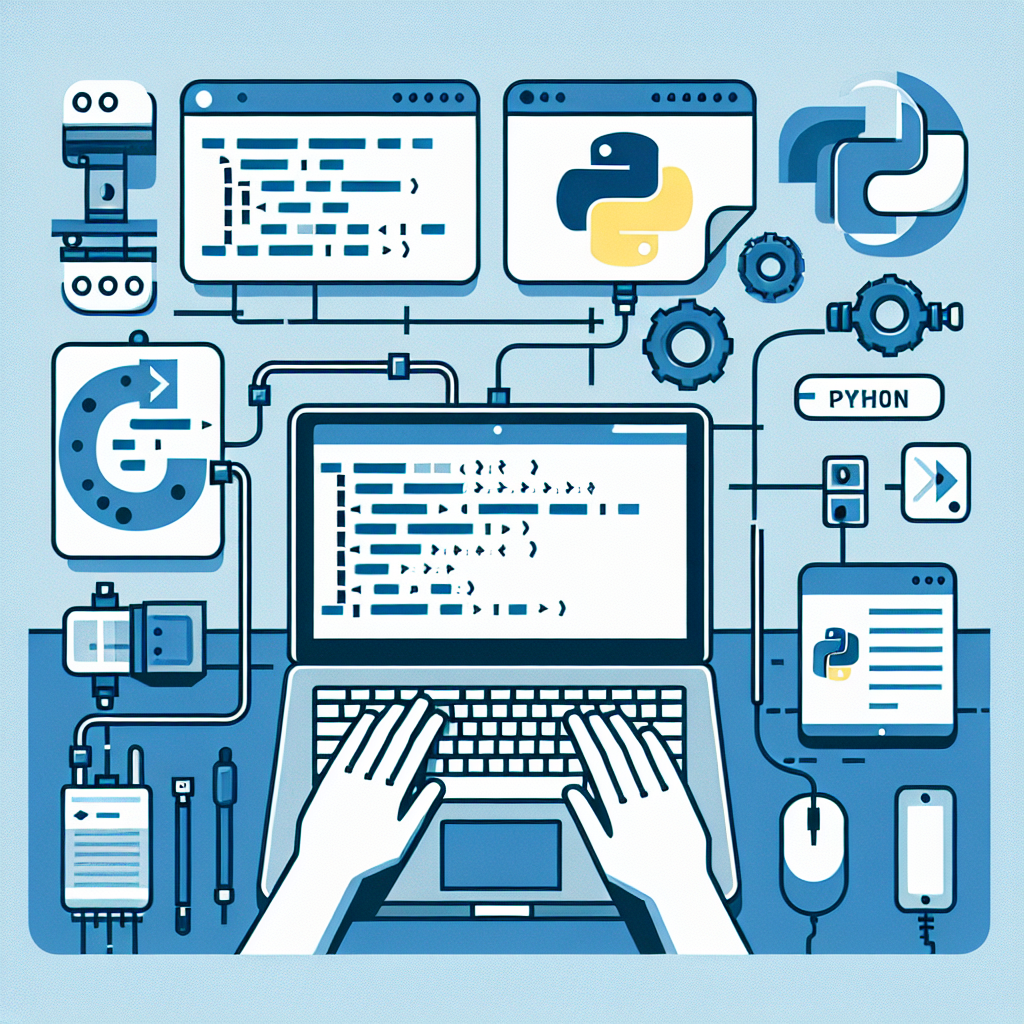Convert Python to Assembly Language: Efficient Tool
Effortlessly convert Python to Assembly Language! Explore our tool for seamless code transformation, optimizing performance, and enhancing your programming skills.
Source Code
Converted Code
Output will appear here...
Transform your Python code into efficient assembly language with our advanced converter tool. Perfect for developers and engineers, this tool enhances performance by optimizing low-level operations, providing greater control over hardware resources. Ideal for embedded systems and performance-critical applications, it bridges high-level programming with machine-level efficiency.

Python to Assembly Language Converter Tool Link to this section #
Transforming Python code into assembly language can be crucial for those needing a deeper understanding of machine-level operations or optimizing for performance. Our Python to Assembly Language Converter tool simplifies this process, providing a bridge between high-level programming and low-level execution.
Key Features Link to this section #
- Seamless Conversion: Translate Python scripts into assembly instructions with precision.
- Optimization Insights: Gain insights into performance bottlenecks by examining the generated assembly code.
- Cross-Platform Support: Works seamlessly across different architectures, ensuring compatibility and flexibility.
Benefits Link to this section #
- Performance Analysis: Understand how Python operations are executed at the hardware level, enabling fine-tuning of resource-intensive applications.
- Educational Value: Enhance your understanding of computer architecture and low-level programming.
- Debugging Aid: Identify potential inefficiencies and optimize code paths for better performance.
Example Code Link to this section #
Convert a simple Python function to assembly:
# Python Code
def add(a, b):
return a + b
The tool will translate it into equivalent assembly instructions:
; Assembly Code
mov eax, [ebp+8]
add eax, [ebp+12]
How It Works Link to this section #
- Input: Paste your Python code into the tool.
- Processing: The tool analyzes your code and generates corresponding assembly language instructions.
- Output: View the translated assembly code for further analysis and optimization.
Use Cases Link to this section #
- Embedded Systems: Optimize Python scripts for microcontrollers by converting them to assembly.
- Security Analysis: Perform reverse engineering tasks with greater ease by understanding the underlying assembly of Python code.
- Academic Research: Explore the intricacies of code execution and compiler design.
For in-depth tutorials on converting Python to assembly, explore resources like MIT OpenCourseWare or Python's official documentation.
Frequently Asked Questions
How can I convert Python code to assembly language?
Python is a high-level language and does not directly compile to assembly. However, you can use a compiler that translates Python to C or C++ (such as Cython) and then compile the C/C++ code to assembly using a C/C++ compiler with an option to output assembly code.
Why would someone convert Python code to assembly language?
Converting Python to assembly can be useful for performance optimization, understanding compiler behavior, or educational purposes. It allows developers to analyze how high-level code translates to machine-level instructions, which can help in optimizing critical parts of an application.
What tools are available for translating Python to assembly language?
Tools like Cython can convert Python code to C, which can then be compiled to assembly using GCC or Clang with flags such as '-S' to output assembly. Additionally, PyPy, a Python interpreter with a Just-In-Time (JIT) compiler, can provide insights into how Python code is executed at a lower level.